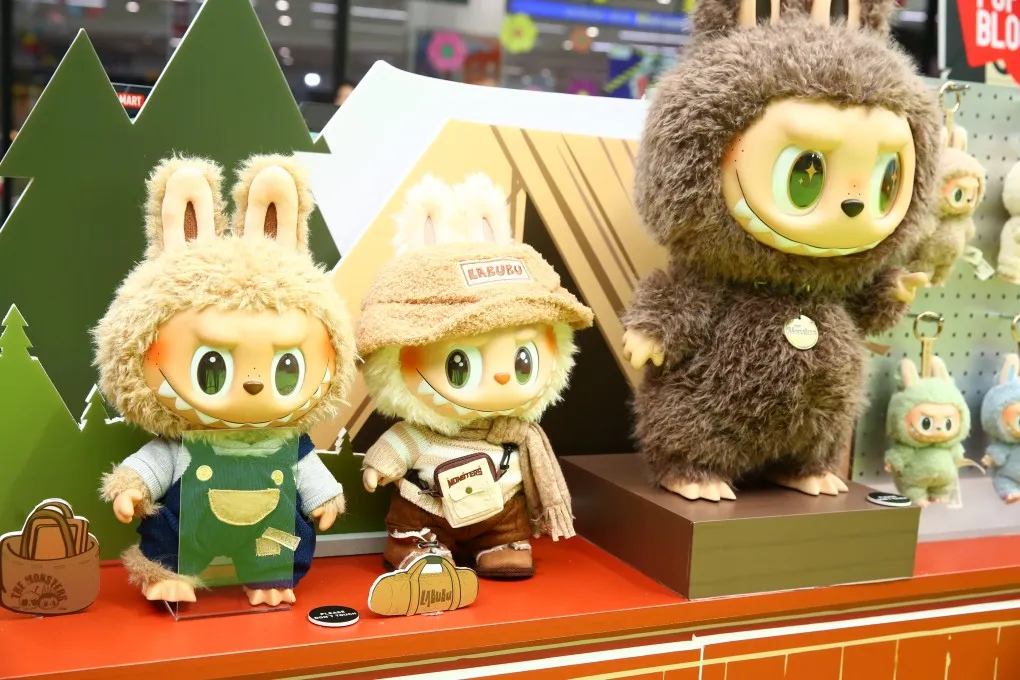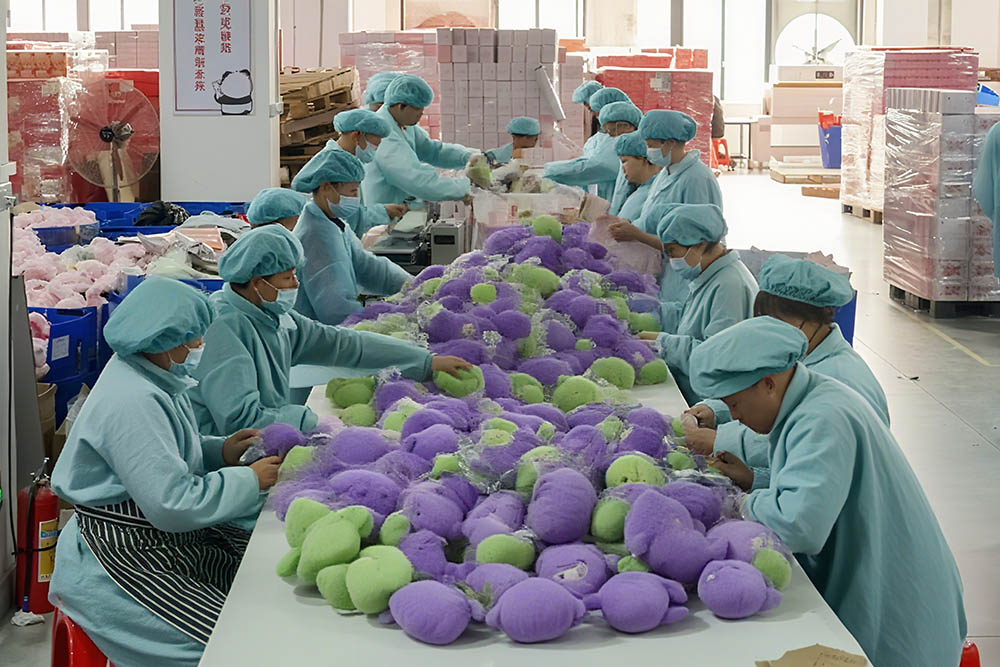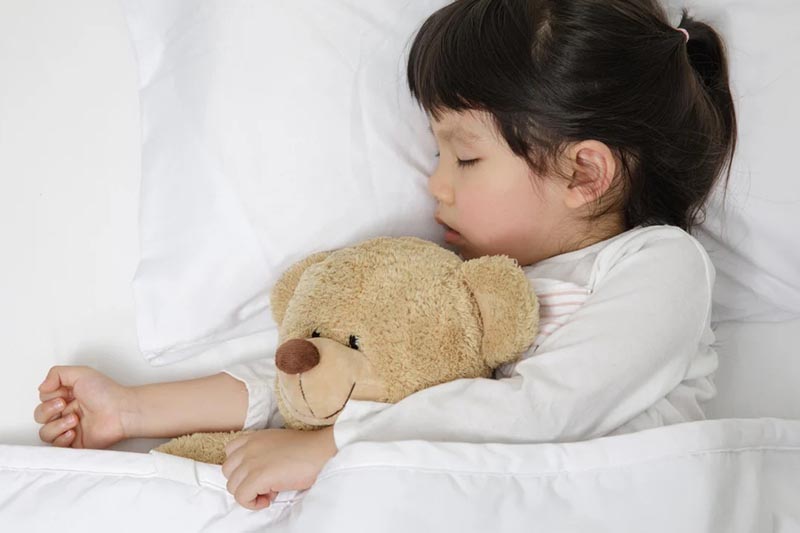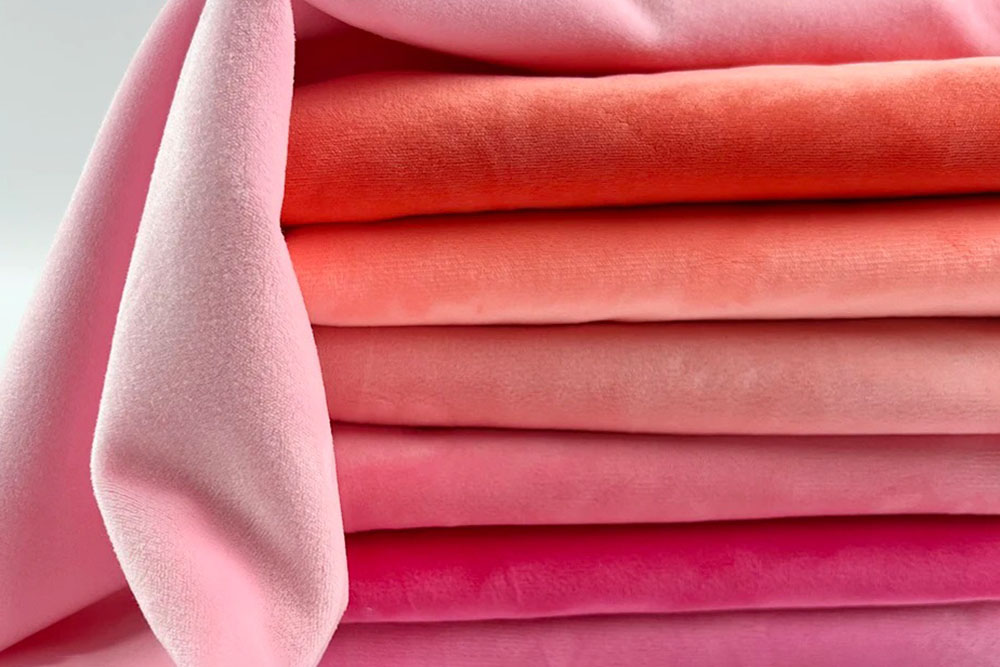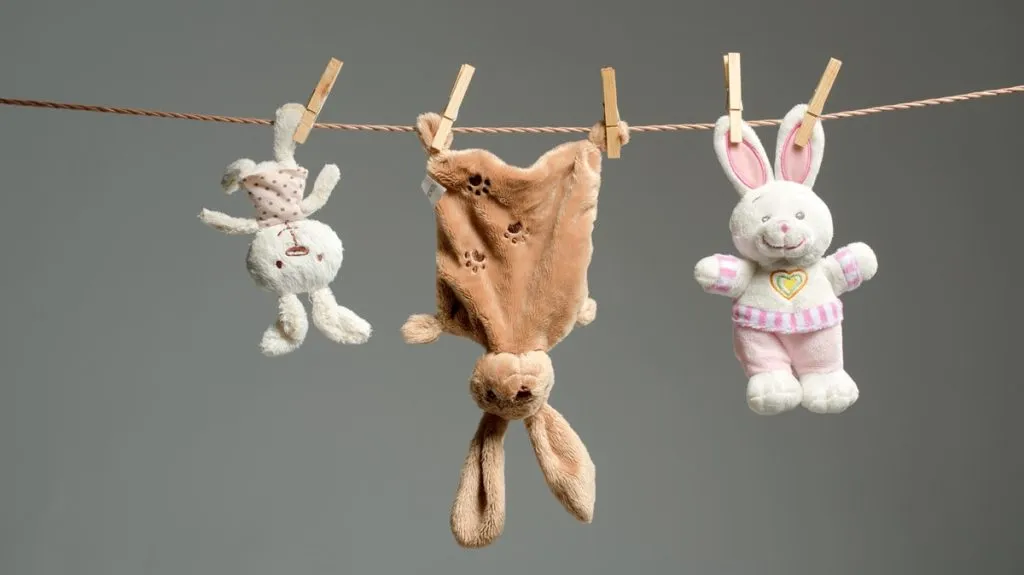Plush toy production is a detailed process that combines design, engineering, and quality control. Every stage ensures the toy is safe, appealing, and durable.
The plush toy production process covers design, prototype development, cutting, sewing, stuffing, decoration, testing, and mass production. Each stage requires accuracy and coordination between designers, technicians, and quality inspectors. For global buyers, understanding this process helps align expectations, control costs, and guarantee compliance with international safety standards.
Let’s explore the full journey of how plush toys move from concept to finished product.
1. What Are the Core Stages of the Plush Toy Production Process?

Plush toy manufacturing is not one single step—it’s a series of carefully planned stages that build on each other.
Core stages include concept design, prototype creation, material selection, cutting, sewing, stuffing, decoration, safety testing, and mass production. Each stage plays a role in ensuring safety, durability, and customer satisfaction.
If one stage is skipped or rushed, the result can be defective toys, shipment delays, or failed safety tests. For example, unclear sketches may lead to inaccurate prototypes, while weak stitching during assembly may cause toys to break during use. That is why reputable factories insist on following the process step by step.
Buyers often underestimate how much time each stage requires. A full production cycle—from design to shipment—can take 45–90 days, depending on order volume and complexity. Clear communication between buyers and manufacturers is essential for meeting deadlines.
| Stage | Description | Purpose |
| Design | Create sketches & concepts | Defines look and function |
| Prototype | Develop sample toy | Test design & proportions |
| Cutting & Sewing | Assemble fabric panels | Build durable structure |
| Stuffing | Add filling materials | Provide softness & shape |
| Decoration | Add details & branding | Enhance uniqueness & identity |
| Testing & QC | Safety and compliance checks | Guarantee standards & reliability |
| Mass Production | Scale-up for bulk orders | Deliver consistent global supply |
At Kinwin, we make this process transparent for our clients. By understanding the steps, buyers avoid unrealistic timelines and ensure products arrive on schedule without compromising quality.
2. How Do Designers Develop Prototypes from Initial Concepts and Sketches?

Prototypes turn ideas into reality. Without them, buyers and factories cannot agree on what the final product should look and feel like.
Designers start with sketches or 3D models, then build prototypes with chosen fabrics and fillings. Prototypes allow testing of proportions, materials, and safety before mass production.
In this stage, adjustments are common. For example, a head may look oversized, or limbs may be too thin to pass safety standards. Factories often provide two to three rounds of samples before final approval. Clients may request changes to colors, embroidery, or accessories.
Prototypes are also tested for practicality. Fabrics are washed to check shrinkage, and seams are inspected for strength. Buyers focused on baby toys may test softness against sensitive skin, while collectors may prioritize accurate detailing.
| Step | Role in Prototype Development |
| Sketch & Concept | Defines design direction |
| Material Testing | Ensures fabrics meet safety standards |
| Sample Production | Creates first physical model |
| Client Review | Approves or requests adjustments |
At Kinwin, we typically produce prototypes in 7–12 days. This stage saves buyers from costly surprises during bulk production. For global clients like Jessica, prototypes act as a safety net, ensuring the design is both attractive and compliant before moving forward.
3. What Cutting, Sewing, and Assembly Techniques Ensure Product Quality?

Once prototypes are approved, production shifts to technical execution. Cutting and sewing are where most quality problems can occur if not controlled properly.
Fabrics are cut according to patterns, then sewn together into shells. Techniques like double stitching, lockstitch, and overlock protect toys from tearing during use.
Factories choose between manual cutting for small runs and automated cutting machines for large orders. Automation reduces waste and keeps shapes consistent, while manual cutting allows more flexibility for complex designs.
During sewing, experienced workers ensure panels are aligned. Reinforced stitching is applied to stress areas like necks and joints. The choice of thread also matters—strong polyester thread prevents breakage, while cotton blends may not last long.
Assembly includes embroidery, logos, and facial details. These are often added before the toy is fully closed. If done incorrectly, accessories may detach and cause safety hazards.
| Technique | Function | Benefit |
| Manual Cutting | Flexible for small orders | Customization, detail work |
| Automated Cutting | Efficient for mass production | Speed, reduced waste |
| Lockstitch Sewing | Main seams | Strength and durability |
| Double Stitching | Reinforcement at stress points | Long-term safety and reliability |
At Kinwin, we integrate modern equipment with skilled handcrafting. This combination ensures speed without losing precision. For buyers, it means toys that not only look good but also survive long-term use without defects.
4. How Are Stuffing Materials Selected and Applied in Manufacturing?

Stuffing gives plush toys their softness and shape. It is one of the most important factors buyers notice immediately.
Factories use polyester fiber, memory foam, pellets, or eco-friendly fibers. These are filled by machines or by hand to achieve the desired softness and balance.
Polyester fiber is standard in most markets because it is lightweight, washable, and safe. However, premium buyers may request memory foam for shape retention, or beads for weighted toys. Eco-conscious brands increasingly prefer RPET fiber or corn fiber for sustainability.
Different markets have different preferences. European and American parents often prefer ultra-soft fillings for baby toys, while Japanese buyers like toys with firmer structure to hold shape. Factories must adapt stuffing density to fit client expectations.
Stuffing is applied with pneumatic machines for speed, while small details such as ears are filled by hand. After stuffing, toys are shaped manually to ensure balance and symmetry. QC checks test softness, elasticity, and firmness.
| Stuffing Material | Benefit | Best Use Case |
| Polyester Fiber | Affordable, washable, lightweight | Standard plush for retail & e-com |
| Memory Foam | Structure, shape retention | Premium collectibles |
| Pellets/Beads | Adds weight, stability | Mascots, sitting plush |
| Eco Fiber (RPET) | Sustainable, eco-friendly | Green product lines |
At Kinwin, stuffing is never “one-size-fits-all.” We tailor density and material to each order. Buyers benefit from a toy that feels right in their customers’ hands, matching both function and market expectations.
5. What Role Do Safety Testing and Quality Control Play in Production?

Without safety and quality testing, plush toys cannot legally enter most markets. Buyers know that one failed test can mean product recalls or legal penalties.
Plush toys are tested for flammability, chemical safety, and durability. QC teams inspect stitching, filling, and accessories to ensure compliance with CE, ASTM, and EN71 standards.
Safety testing covers multiple dimensions. Toys are pull-tested to confirm that eyes, noses, and accessories do not detach. Needle detectors ensure no broken metal parts remain inside after sewing. Colorfastness tests ensure fabrics do not bleed during washing. Drop tests check durability under rough handling.
QC inspections happen at every stage. Cutting panels are checked for accuracy, sewing is reviewed for symmetry, and stuffing is tested for firmness. Finished toys go through final inspections before packaging.
| Test Type | Purpose | Example |
| Pull Test | Check strength of attachments | Eyes must not detach |
| Needle Detection | Ensure no metal remains inside | Every toy scanned |
| Flammability | Confirm safe burning resistance | Required for EU/US standards |
| Colorfastness | Test dye durability | Prevents staining in use |
| Drop Test | Check durability under pressure | Avoids breakage during play |
At Kinwin, we partner with third-party labs like SGS for official certification. Buyers gain confidence knowing products meet international standards. For brands selling on platforms like Amazon or Walmart, this compliance is not optional—it is mandatory.
6. How Is Mass Production Organized in Plush Toy Factories for Global Supply?

Mass production is where ideas scale into thousands of toys, ready for global delivery. Efficiency and organization are crucial.
Factories divide production into specialized lines for cutting, sewing, stuffing, decorating, and packaging. Supervisors and QC staff monitor each stage to ensure consistency.
Large factories like ours operate multiple lines simultaneously. Automated machines handle cutting and stuffing, while skilled workers focus on precise sewing and detail work. Orders are tracked using digital systems to meet lead times.
Production planning is especially important during peak seasons such as Christmas. Factories may run double shifts or reserve capacity for long-term clients. Buyers should plan orders 3–6 months in advance to avoid delays.
Logistics also plays a major role. Finished toys are packaged in polybags, boxes, or cartons with compliance labels. Export teams coordinate with shipping partners to ensure smooth customs clearance.
| Process Step | Focus in Mass Production | Benefit for Buyers |
| Division of Labor | Specialized lines for each stage | Speed and efficiency |
| Automation | Machines for repetitive tasks | Consistency and reduced costs |
| QC Integration | Inspectors across production | Reduced defect rates |
| Logistics | Export prep and shipping coordination | On-time delivery |
At Kinwin, we run 15 production lines and support both small trial orders and large-scale shipments. Buyers gain reliability, scalability, and timely delivery—all essential for international business success.
Plush toy production is a structured process involving design, prototyping, sewing, stuffing, testing, and mass production. Each step ensures safety, quality, and global readiness.
If you want to develop custom plush toys with certified safety and professional craftsmanship, contact Kinwin at [[email protected]] or visit https://kinwintoys.com/. With 17 years of expertise, we help global buyers turn ideas into safe, market-ready products that win customer trust.



